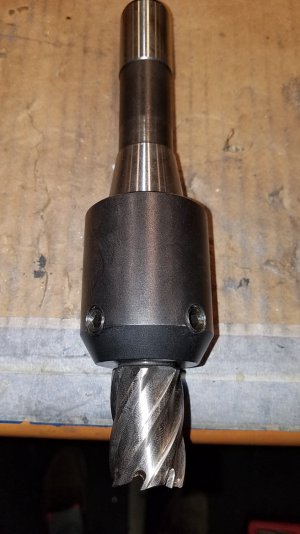I was considering buying some endmill holders to install some of my more used endmills and a couple holders for an edge finder and tap guide.
I only have a few end mill holders. I checked a 3/4" Shars endmill holder I turned down for my annular cutter and it had exactly 0.001" of run out.
I really only want 1/4, 3/8, and 1/2. I end up doing more hogging with smaller endmills than larger anyway.
I checked a 3/8" R8 collet with a carbide endmill and I had 0.0004". I knew the collet would be more accurate but how accurate do I really need?
Assuming a decent quality, what is the practical accuracy limitation on an R8 endmill holder?
I only have a few end mill holders. I checked a 3/4" Shars endmill holder I turned down for my annular cutter and it had exactly 0.001" of run out.
I really only want 1/4, 3/8, and 1/2. I end up doing more hogging with smaller endmills than larger anyway.
I checked a 3/8" R8 collet with a carbide endmill and I had 0.0004". I knew the collet would be more accurate but how accurate do I really need?
Assuming a decent quality, what is the practical accuracy limitation on an R8 endmill holder?


